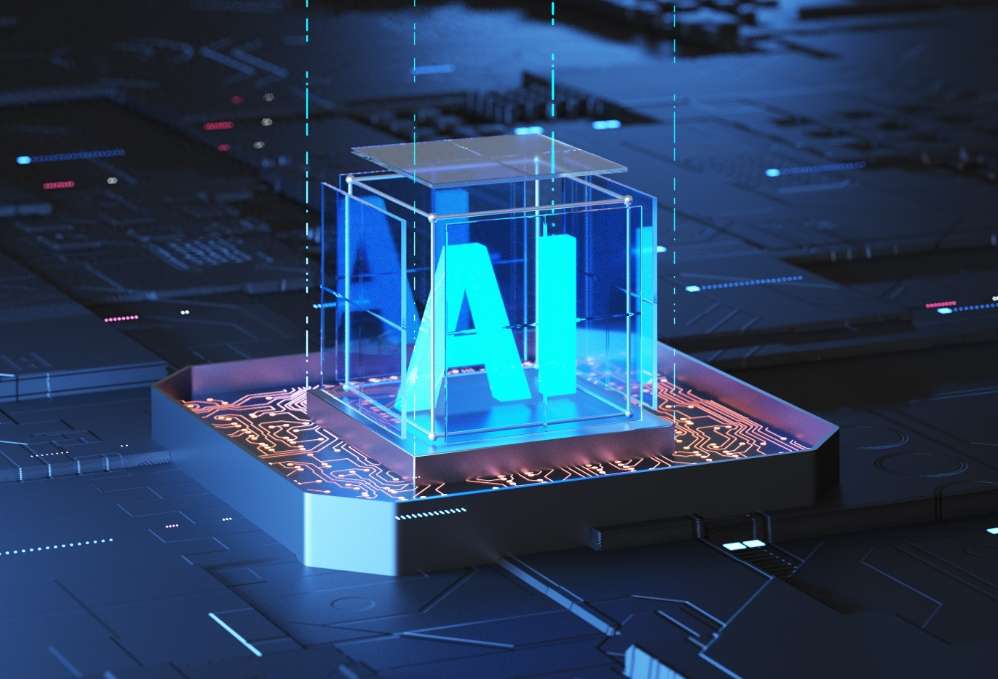The Myth of American Computing Power Crumbles!
Advertisements
The global landscape of artificial intelligence (AI) has become increasingly intricate, with the rivalry between China and the United States capturing the attention of experts, businesses, and governments around the world. This contest reflects not only the technological capabilities of these superpowers but also their underlying philosophies and economic strategies as they strive for dominance in the AI arena. While the U.S. has historically been seen as the beacon of AI innovation, China is fast emerging as a formidable player, spurred by its rapid advancements in technology, strategic initiatives, and a unique approach to overcoming challenges posed by hardware limitations.
In the realm of AI, computation power is paramount. High-performance graphics processing units (GPUs), such as NVIDIA's A100, have long been considered cornerstone assets in this technological race. However, as China's AI capabilities continue to advance, the sentiment of apprehension is palpable within American borders. The efficiency with which Chinese AI models utilize computational power has significantly improved, resulting in a dramatic decline in NVIDIA's revenue from the Chinese market, dropping to single digits in recent years. Despite this, the deployment and ongoing development of these AI models in China remain unabated. Such a scenario has led to increasing concerns among U.S. tech leaders and policymakers, prompting speculation about whether China's ascendant capabilities hinge upon a covert accumulation of GPUs and an overreliance on American technology. The disproportionate emphasis on the quantity of GPUs has revealed inherent limitations in the U.S.'s approach to the AI competition.
In response to China's AI rise, the U.S. has implemented stringent measures, seeking to tighten control over chip distribution. For instance, recent discussions in governmental circles have suggested expanding restrictions on chips designed specifically for China, such as the “H20” chip provided by NVIDIA. This intensification of regulatory actions not only indicates fears of surpassing hardware capabilities but also reflects a deeper anxiety regarding the potential erosion of American AI hegemony. However, rather than succumbing to hardware dependencies, Chinese companies have taken an alternative route, achieving remarkable breakthroughs through distributed computing, algorithm optimization, and cost-effective homegrown solutions. They are sidestepping the hardware-centric constraints set forth by the U.S., demonstrating a profound adaptability and ingenuity.

China's strategic maneuvering has positioned its companies to successfully navigate these challenges. For instance, DeepSeek's collaboration with Huawei's Ascend platform—a system built on Huawei’s self-developed AI chips—highlights an innovative shift away from traditional dependencies on American technology. Moreover, this partnership showcases an impressive technical resilience, enabling efficient computation support that challenges the notion of essential hardware monopolization held by American firms.
Chinese AI companies are not merely reacting; they are proactively redefining the standards by which AI success is measured. They engage in what's been termed “computational guerrilla warfare,” wherein large-scale AI models are adapted into more specialized, vertically-focused tools that significantly lower computational demands. A prime example can be found in the medical sector, where the AI diagnostic system developed by Yidu Cloud can analyze medical imaging and patient data, providing rapid and accurate diagnosis assistance for doctors while operating on just 20% of the computational resources required by traditional large models. This contrasts with the U.S. tendency toward resource-heavy development methodologies, where the focus often lies in sheer computational power rather than optimized efficiency.
Despite the U.S.'s elevated status in the global hardware supply chain, the myth of “computational supremacy” has begun to unravel. Many American enterprises and officials maintain an antiquated view that equates computational capacity with AI success. Nevertheless, significant investments—such as over $500 million dedicated by OpenAI for training the much-anticipated GPT-5—have not yielded the expected outcomes. Furthermore, as AI continues to evolve, the power consumption associated with AI infrastructure is projected to surge, with demands on data centers estimated to triple over the next five years. This trend poses substantial challenges for U.S. infrastructure, signaling that the previously dominant, brute-force model of AI development may be reaching its limits.
In stark contrast, Chinese AI entities are achieving rapid advancements by prioritizing low-computation strategies that emphasize efficiency and effectiveness. Through ongoing innovations in algorithms and hardware adaptations, China is poised to offer fresh perspectives on global AI developments while gradually closing the gap, and in some instances, even outpacing the United States. As this competition unfolds, it’s critical to focus on practical problem-solving capabilities as the true measure of AI strength, rather than strictly material aggregates of computational power.
Ultimately, the future of AI will center on innovative technologies and the exploration of diverse applications, far from merely accumulating computing resources. Perhaps more importantly, if the U.S. clings to a narrow strategy characterized by restrictive policies that control computational access, it could paradoxically hamper its own standing in this rapidly evolving field. In a world where AI applications are becoming increasingly multifaceted, calibration of strategies must shift to embrace technology innovation as the leading indicator of success.
The evolving competition in AI between the United States and China paints a complex picture that demands global attention. With the unraveling of the American “computational myth” and China’s relentless drive for innovation and technological adaptation, the future of AI is not only about the battle for computational resources but also about the ingenuity to harness technology for meaningful and innovative applications that solve real-world challenges.
Post Comment